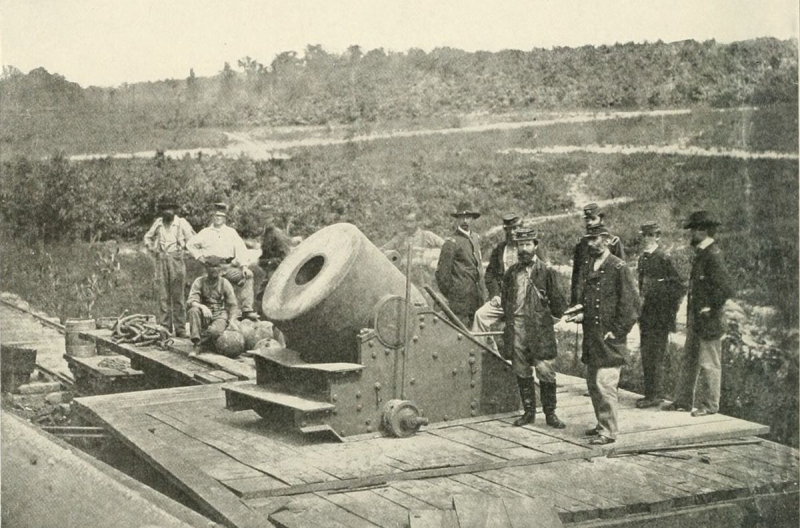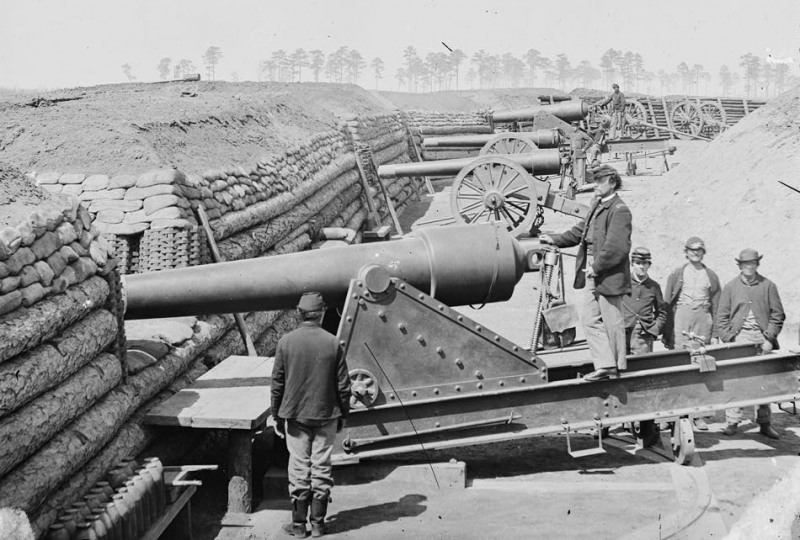On July 30, 1864, Pennsylvanians exploded four tons of explosives under the Confederate line and created the most famous American military crater - the battle of the Crater
The battle of the Crater, part of the Petersburg Campaign, was the result of an unusual attempt, on the part of Union forces, to break through the Confederate defenses just south of the critical railroad hub of Petersburg, Virginia, during the American Civil War. The 48th Pennsylvania Infantry had dug a 510-foot tunnel beneath the Confederate fortress southeast of Petersburg. They packed the showroom with 8,000 pounds of powder and burned the fuse. The explosion created a large hole in the Confederate line, sending more than 300 South Carolinians to their graves. Subsequent attacks do not match technical success. Poor planning, communication, and leadership robbed the potentially decisive outcome of the battle of the Crater. Bold Confederate counterattacks repaired the hole, focusing particular bitterness on the blacks involved in the attacks. Grant stated that it was the saddest thing he had ever witnessed in this fight.
During the battle of the Crater, for several weeks, Pennsylvania miners in Union general Ambrose E. Burnside's Ninth Corps worked at digging a long tunnel, packed the terminus with explosives, and then on the morning of July 30, 1864, blew it up. The battle was a Union and marked by the particularly cruel treatment of the black troops who participated, many of whom were disasters and murdered. Lieutenant Colonel Pleasants preeminent used soldiers from the 48th Pennsylvania Regiment, which included about 100 coal miners-turned-soldiers to dig the tunnel. When the battle was over, people around the world still mentioned the battle of the Crater as one of the facts about the Petersburg campaign.











